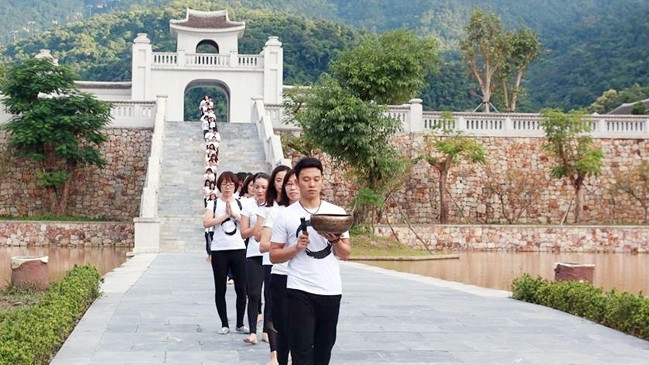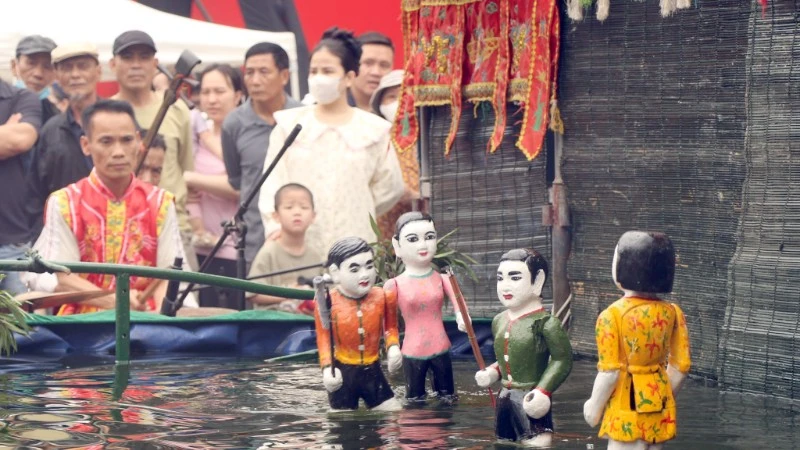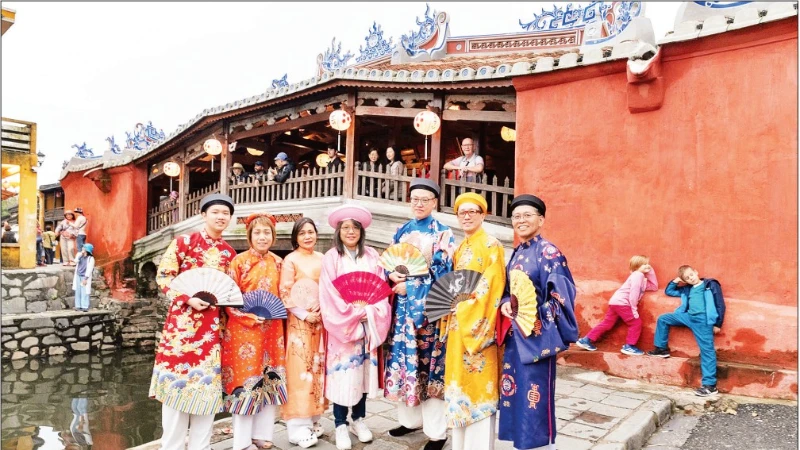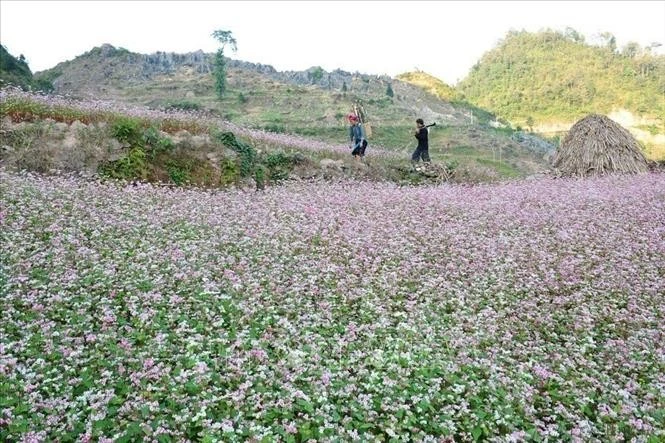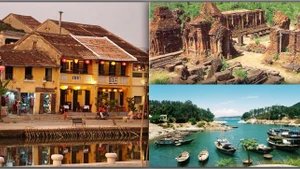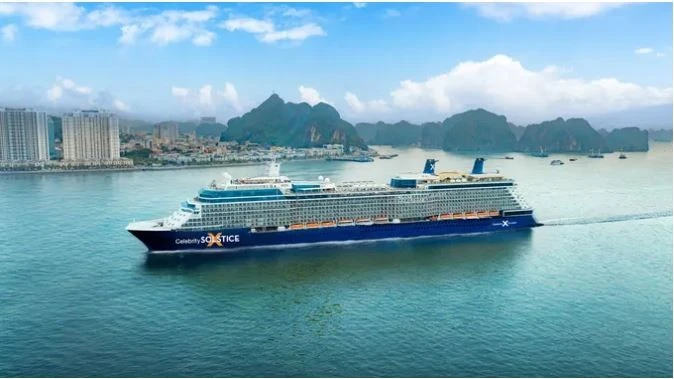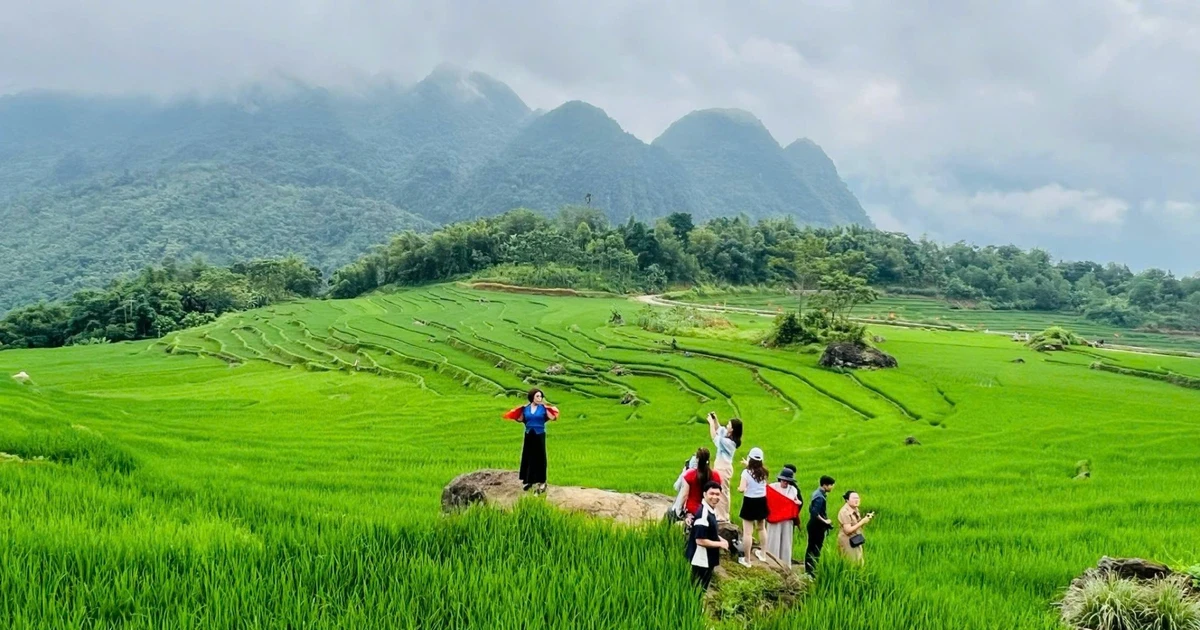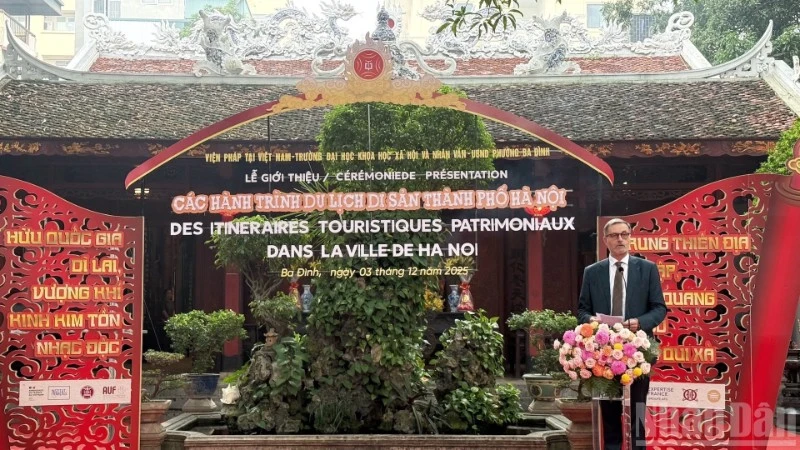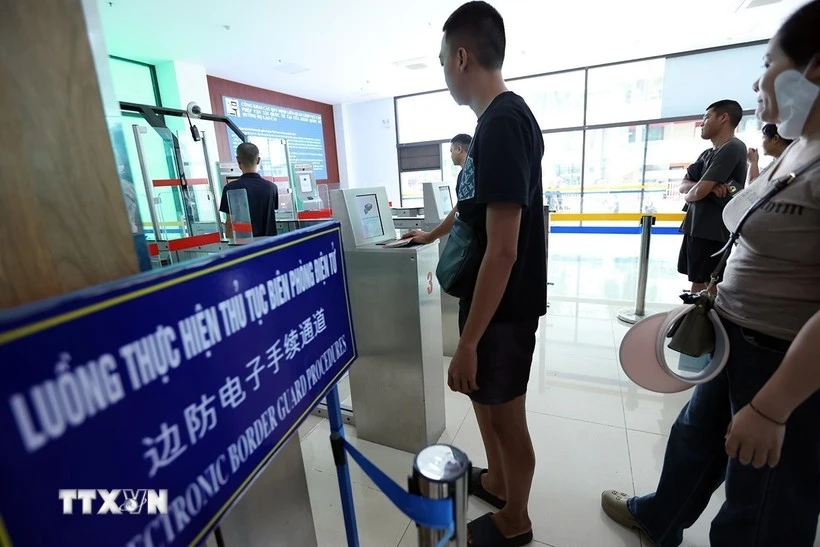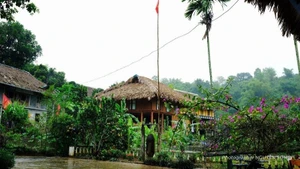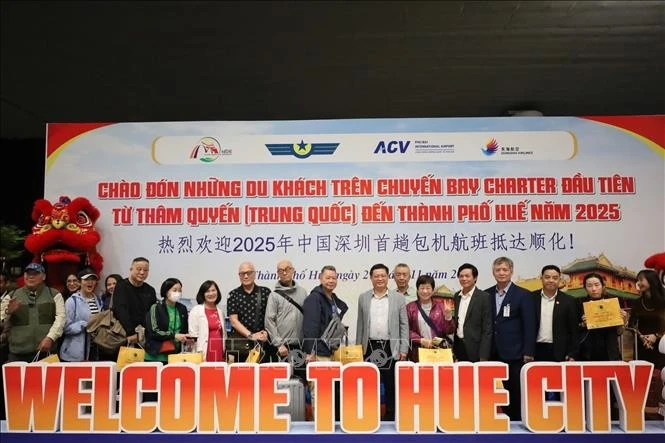Medical tourism is a form of tourism combined with the purpose of medical examination and treatment with both surgery and non-surgery whereas wellness tourism is known as a tourism model where the goal is to relax and enhance physical and mental health. The tourism model focuses on providing experiences to satisfy visitors' health care needs at destinations. Currently, the popular health tourism products in the world are vacation tourism to participate in nutrition training courses, meditation, yoga, spa, hot mineral bath to recover health, quit smoking and weight loss. The health of visitors is considered a central element for tourism business units to provide related services, thereby helping tourists to awaken potential energies and find balance in body and soul.
The majority of wellness tourism's customers are middle-aged, well-educated and high-income people. It is also the reason why many countries in the world quickly identified advantages and focused on developing wellness tourism, such as Japan with the strength of hot mineral spa, the Republic of Korea with beauty industry, and India with meditation and yoga.
Possessing diversified and abundant natural resources with many beautiful and valuable beaches and mineral springs and valuable medicine on beauty and health enhancement, Vietnam is highly appreciated for the potential in developing wellness tourism. More and more businesses invest in high-end resorts. Many high-end resorts and famous five-star hotels have focused on space to develop utility systems, aiming to offer healthcare synchronously. In particular, some places have won prestigious awards such as: Resort with the best service, Asia's leading resort and Vietnam's leading healthcare resort. In addition, some travel companies have also built tourism products specializing in health care such as meditation - yoga tours in pristine natural areas with fresh air; or the weight loss, detox tours with the help of experts and coaches.
However, in our country, it can be said that the tourism model has not really developed properly. Most of the wellness tourism products are still mainly provided on the spot by resorts. A number of specialized tours have also been developed in a fragmented and uneven manner in the bringing of a truly unforgettable experience to visitors at destinations. There are also no units responsible for assessing the quality of these tours. Therefore, according to experts, to develop wellness tourism in Vietnam, it is firstly necessary to have detailed research and assessment on resources to develop the type of tourism, thereby making it possible to identify appropriate products and target markets in order to have a successful development investment direction with specific plans for sustainable development. In addition, wellness tourism also requires a more specialized and professional service team, so in order to ensure the delivery of good service quality, it is necessary to focus on the development of knowledgeable and skilled human resources. Looking at other countries, in order to develop superior wellness tourism products, besides the promotion and improvement of service infrastructure, the tourism industries of these countries are also interested in improving and ensuring the quality of service. For example, India’s Ministry of Tourism has coordinated with the Health Service Certification Commission to regularly assess the quality of health care centers nationwide and issue certificates. Or in Japan, the Japan Environment Commission stipulates that hot mineral baths must submit test water samples once every few years and report the results to customers.
In fact, in the development of wellness tourism, the issue of tourism product quality management must be the top priority. As the result, it is not necessary just the team of tourism, but also the close coordination of the competent units of health and environmental resources. This would not only helps ensure service quality but also be an effective way to build and affirm the brand of wellness tourism in Vietnam, helping the tourism model to become a potential market to bring great growth and value to the tourism industry.
